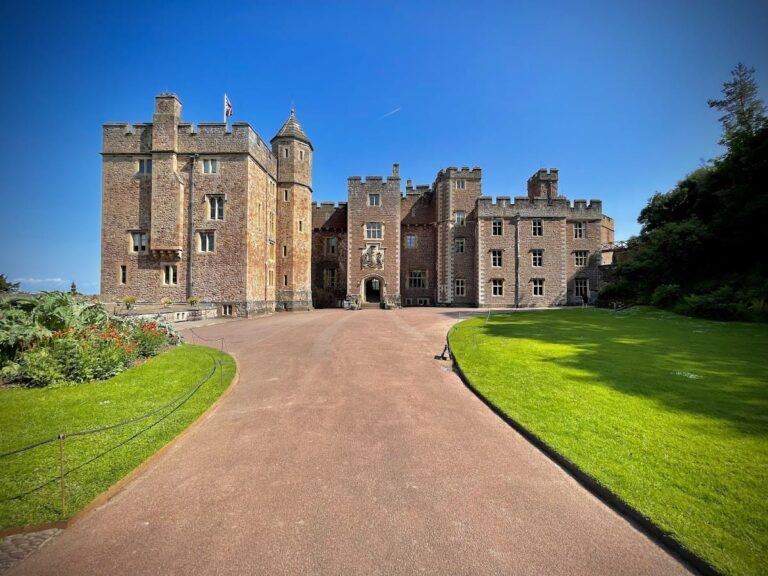Bampton Castle: A Medieval Fortification in England
Visitor Information
Google Rating: 4.3
Popularity: Very Low
Google Maps: View on Google Maps
Country: United Kingdom
Civilization: Unclassified
Remains: Military
History
Bampton Castle is situated in the village of Bampton, located in the modern country of England. Its origins trace back to the Saxon period before the Norman Conquest of 1066, when the site initially functioned as a defensive earthwork.
Following the Norman invasion, the land encompassing Bampton was granted to Walter Douai by 1086. Either Walter or his son Robert undertook the construction of the first significant fortification on the site, adopting the motte and bailey design common to the Normans. The motte—a large, artificial earth mound—was notable for its substantial height and square shape. Positioned on a spur overlooking the River Batherm, the location offered a strategic defensive advantage.
During the mid-12th century conflict known as The Anarchy, which pitted King Stephen against his rivals, Bampton Castle was besieged by the king in 1136. This assault led to the destruction of its wooden fortifications by fire. Following this event, instead of rebuilding timber defenses, a stone mansion was erected atop the motte, reflecting a shift towards more durable construction.
By 1336, the castle had come under the lordship of Richard Cogan. That year, he obtained royal permission to fortify the building further by adding battlements—a process called crenellation—and to enclose the site within stone and mortar walls. This development transformed the dwelling from a wooden or simple stone structure into a more heavily fortified residence.
In 1607, a portion of the castle’s stone structure collapsed during an earthquake, a rare and significant natural event recorded in the area’s history. After this incident, the remaining stone elements were dismantled, leaving the earthworks as the lasting remnant. Throughout its existence, Bampton Castle served as the administrative center of the feudal barony associated with Bampton, overseeing the surrounding lands under its jurisdiction.
Remains
The site of Bampton Castle is distinguished by its prominent motte, a substantial earth mound about sixty meters across, which remains a dominant feature on the village’s outskirts. This motte originally featured a wooden defensive wall, known as a palisade, atop its square platform. One side of this mound benefited from natural protection, being bordered by the nearby River Batherm, enhancing its defensive capabilities.
Encircling the motte is a broad ditch forming a circular trench, its depth and shape designed to hinder attackers approaching the mound. Though this ditch is partially filled in over time, its outline remains visible, marking the boundary of the original fortification area.
To the east of the motte lie the ruins of a roughly rectangular enclosure measuring about seventy-five meters by sixty meters. This area enclosed the fortified mansion and the stone walls erected during the later medieval period. While all stone buildings, including the walls and mansion, were removed after the early 17th-century earthquake and subsequent dismantling, the earthworks of this enclosure still mark the castle’s extent.
No standing stone structures survive today at the site; however, the remaining earthworks convey the scale and layout of what was once a fortified medieval manor. The combination of the motte, the surrounding ditch, and the enclosing earthworks offers a clear impression of the castle’s former defensive arrangements and its adaptation through centuries of occupation.







